Is Your Early-Stage Company Ready for a Fundraise or Exit Strategy?
What you need to know to get your company ready for a raise, merger, or sale.
By Paige Soya & Zuhair Malik
You’ve run your start-up, achieving significant and steady growth and are ready to make your next move. Congratulations! This is an exciting time for your company, but it likely comes with as many questions as you have answers. Should you sell? Merge? Fundraise? How do you know if you’re truly ready? And where do you begin? We’ve got you.
Our advisors have helped countless SaaS/tech companies, start-ups, and established organizations take charge of their next steps and ensure everything is in order to do so smoothly and confidently. Here are a few of the most important things to keep in mind as you begin the pre-fundraise/pre-sale process.
Before setting your path, consider what you ultimately want to achieve through the transaction. For example, if you’ve grown your company over time and are hoping to sell so you can retire and completely exit the business, that is your primary goal. But do you want to get out quickly or get maximum value? There is a difference in how you approach the two.
If urgency is your priority and you aren’t worried about getting maximum value, focus on a sale. However, if you’d rather achieve maximum valuation and have the time to go about doing so, ask yourself the following:
How much has your company grown over time and where do you project it to be in the next 3-5 years?
How does your financial performance compare within the industry? Consider specific metrics including gross margins, LTV/CAC, revenue per employee, etc.
Do the answers to the above meet the criteria for your organization to achieve your desired valuation, or should you wait 6-12 months to further grow the business and gain traction to improve your position?
If you’re where you want to be, seek out the perfect buyer. If you’re not there quite yet, re-strategize your next six months.
If you answered yes to the above and are ready to move forward, you’ll need to prepare before you engage investors or potential buyers. Take stock of your current financials and put together an investor-ready data room. Make sure to include the following:
Monthly financials for the past 3 years, ideally those that have been audited along with trial balances to support the financials.
Projections that show your ongoing, continued growth with margins on-par or above industry margins. These projections should usually extend three to five years out.
Thorough documentation that backs up all of your projections and financials. This should include signed client contracts, leases, tax data, incorporation documents, vendor agreements, debt and legal agreements, etc.
We can’t emphasize enough that you need to have your signed customer agreements updated and accurately reflected in your projections. Too often we find clients with projections larger than customer documents corroborate. For example, working above scope with an existing customer brings in extra revenue, which is wonderful; however, when it comes time to pull together documentation and projections for a raise, the customer contract won’t back up your data. Crosscheck your contracts
SaaS companies in particular should ensure their ARR/MRR schedule is accurate and can be corroborated easily with data and documentation. Investors will ask for the schedule and ensure it is valid; this will again point to the above-mentioned customer contracts.
Going through this process comes with a lot of work, which requires significant manpower. Your existing accounting department may be capable, but it’s highly unlikely they’ll be able to thoroughly take on this process in addition to existing work: This is a full-time job that requires dedicated resources, so you’ll need either a budget to hire and dedicate additional staff or bring on an experienced professional firm for the duration of the process (usually 3-5 months if you’re using a professional banker for the transaction or 6-9 months if you’re doing this independently).
The other thing to keep in mind is that corporate transitions are usually done confidentially—meaning you can’t simply reallocate existing staff to take on the documentation tasks required while maintaining that confidentiality. This is where a professional firm like Everest comes into play. By bringing our experts into the mix, you can get the staffing support you need to properly prepare and back up all your documentation, while also benefiting from our expertise to ensure a smooth process with comprehensive results.
While staffing—internal or external—does come with associated costs, it’s important to note these additional costs are considered one-offs and will not count against your financial performance to potential investors. The one-time expenses associated with preparing for a sale or raise aren’t normal business expenses; they simply help you put a better foot forward when you undertake the process, so they become “addbacks.” Ultimately, when you get purchased, it’ll be on a multiple of your company’s EBITDA, which is presented net of the addbacks.
Every company that undergoes this process needs to do the work first to be successful. If you are ready to dive in, or simply need a professional opinion on whether you’re ready to begin the raise or even which approach is right for you, we’d love to hear from you.




